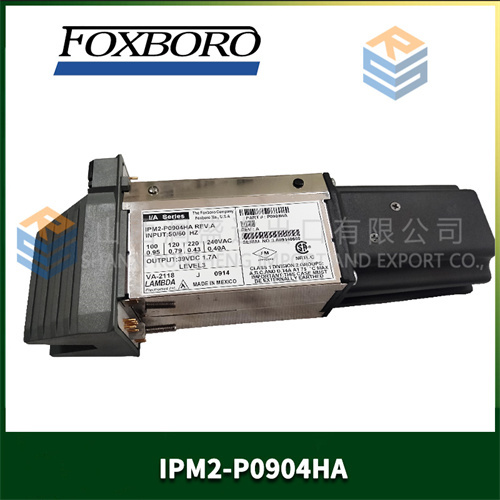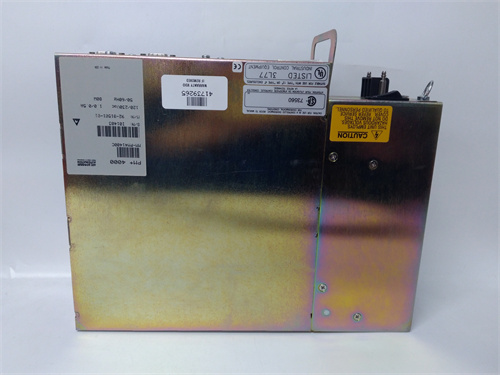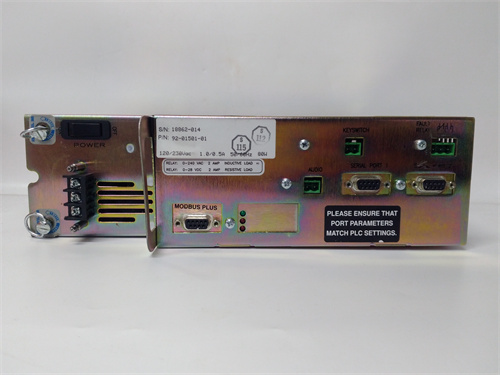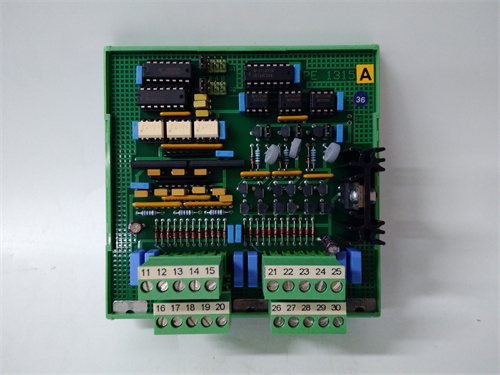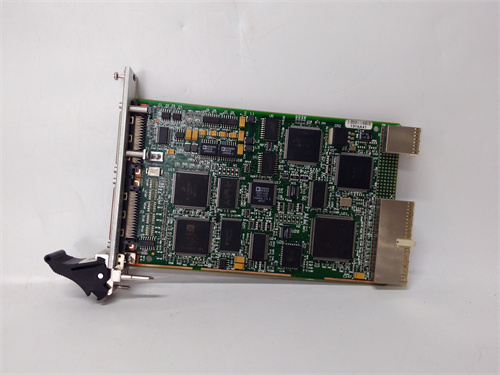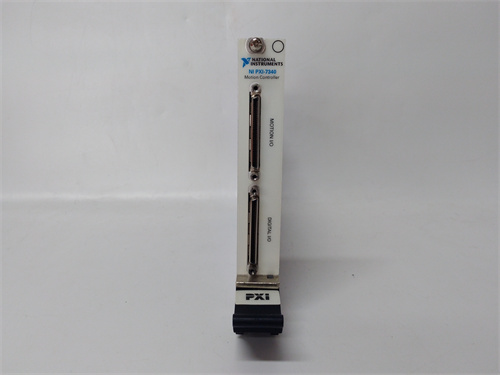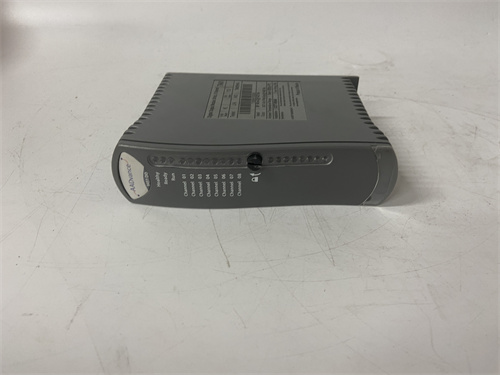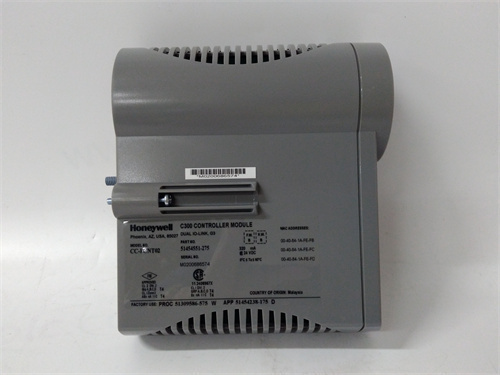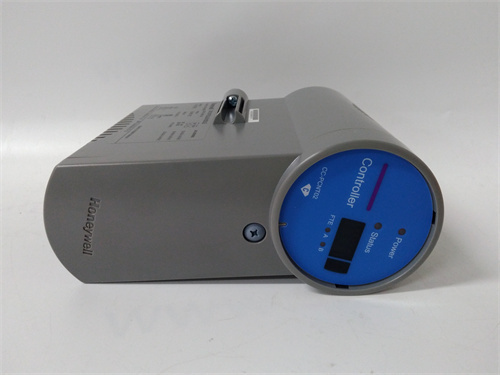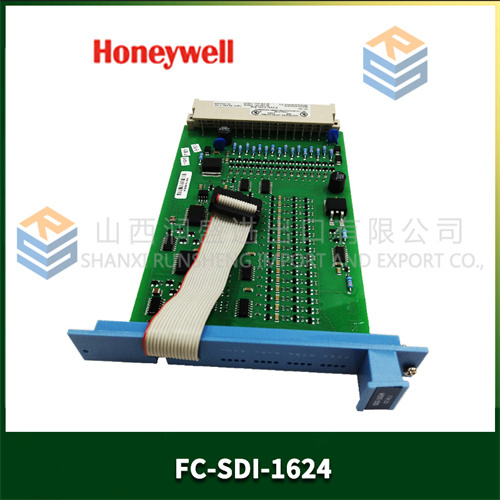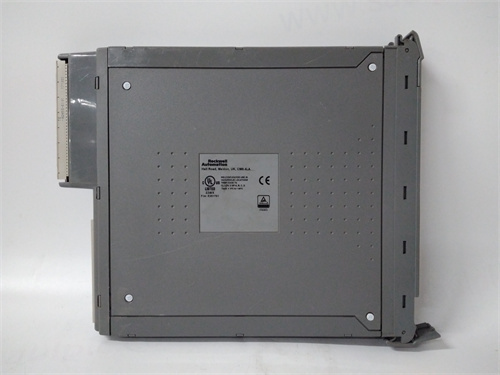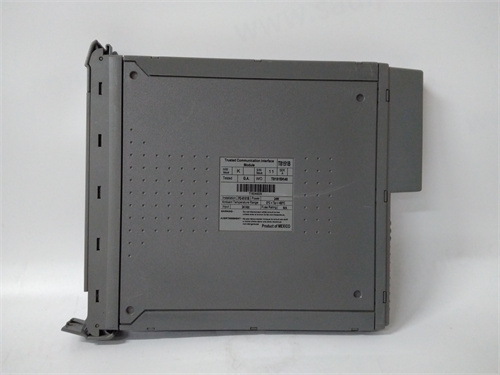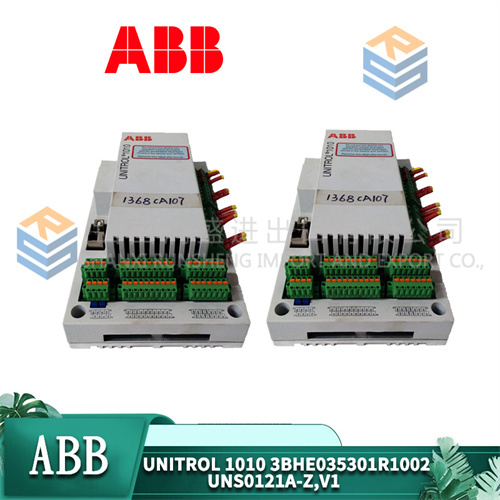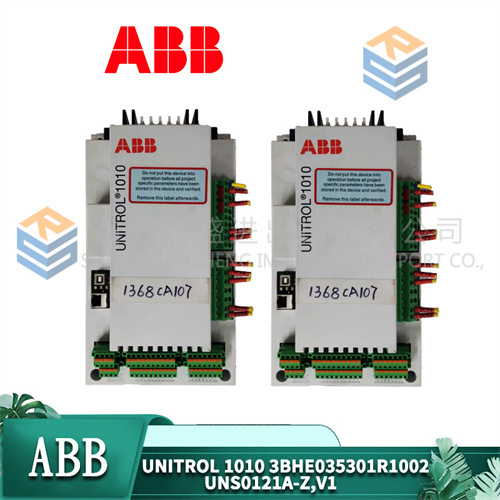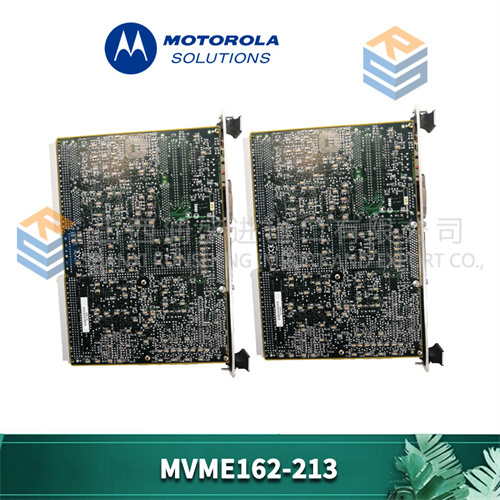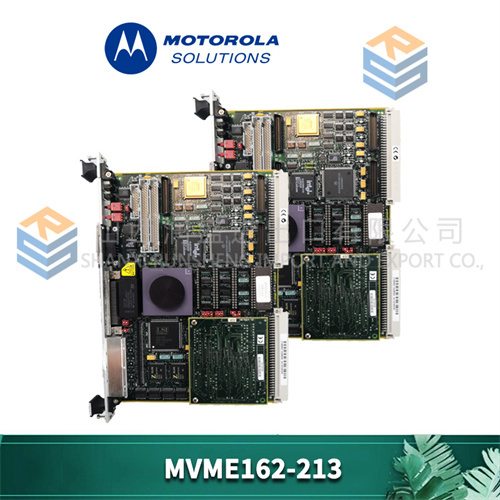IPM2-P0904HA
¥3,222.006. Selection Suggestions
- I/O Requirements: Determine the number of input and output channels you need for your application. If your application requires a specific number of digital inputs and relay outputs, ensure that the IPM2 – P0904HA can meet these requirements.
- Control Precision: Consider the required control precision for your industrial process. If high – precision control is crucial, the IPM2 – P0904HA’s high – precision control capabilities will be a significant advantage.
- Communication Needs: Evaluate the communication requirements of your system. If you need fast and reliable data exchange with other devices, the Ethernet communication and Modbus TCP protocol of the IPM2 – P0904HA are suitable.
- Budget: Compare the cost of the IPM2 – P0904HA with your budget. However, also take into account its long – term benefits, such as improved product quality and reduced maintenance costs.
7. Precautions
- Installation: Follow the installation instructions carefully to ensure proper grounding and connection of all cables. Incorrect installation can lead to electrical interference, communication errors, and potential damage to the device.
- Safety Regulations: Comply with all relevant safety regulations during the installation and operation of the IPM2 – P0904HA. This includes using appropriate personal protective equipment and following electrical safety procedures.
- Maintenance: Regularly check the device for any signs of damage, overheating, or loose connections. Clean the device and its connectors to prevent dust accumulation, which can affect its performance.

